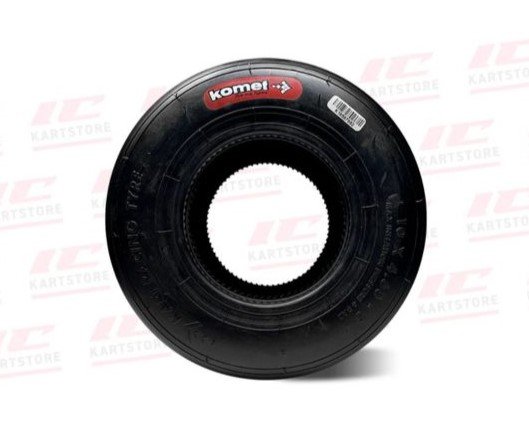Kart racing demands precision, agility, and the right equipment to perform at peak levels. One of the most critical yet often overlooked components is tyre selection. Choosing the right kart racing tyres can dramatically affect grip, handling, and overall race outcomes. The performance of tyres is closely tied to the specific conditions of the track surface, making it essential to match the tyre type to the environment for optimal results.
Understanding Track Surface Types
Before selecting tyres, it’s essential to understand the different types of surfaces encountered in kart racing. Common track surfaces include asphalt, concrete, and dirt. Each surface interacts with tyre compounds differently, influencing grip, wear rate, and performance. Asphalt tracks typically offer good grip but vary in texture and temperature. Concrete surfaces tend to be smoother and may require softer compounds for better traction. Dirt tracks demand completely different tyres, with tread patterns designed to dig in and provide lateral stability.
Tyre Compounds and Their Role
Tyre compounds are formulated to balance grip and durability. Soft compounds heat up quickly and provide excellent traction but wear down faster. Hard compounds are more durable and perform better in longer races or on abrasive tracks. For cooler weather or smoother surfaces, soft compounds are often ideal, while harder compounds are preferable on hot days or rough surfaces where tyre degradation is a concern.
When selecting kart racing tyres, racers must consider not only the type of surface but also the track temperature and race duration. For short sprints on grippy asphalt, a soft compound may give a competitive edge. On longer races or hotter days, however, hard compounds may prevent premature wear and maintain performance throughout the event.
Tread Patterns and Surface Grip
Most kart racing occurs on dry tracks where slick tyres—those without treads—are used for maximum surface contact. These slicks offer excellent grip on dry, clean asphalt. However, in wet or damp conditions, treaded rain tyres are essential. These tyres have grooves that channel water away, preventing hydroplaning and allowing the kart to maintain contact with the track.
Matching tread type to track conditions is critical. Using slicks on a wet surface can result in severe loss of control. Conversely, rain tyres on a dry track will overheat and degrade rapidly, leading to performance issues and potential tyre failure.
Tyre Pressure Adjustments by Surface
Tyre pressure significantly affects kart handling and should be adjusted based on surface type. Lower pressures increase the contact patch, offering better grip on smooth or cool surfaces. Higher pressures reduce rolling resistance and are better suited for abrasive or warm conditions. Each track may require a different base setting, and many racers use trial runs to find the optimal configuration.
Monitoring pressure throughout the day is also crucial, as temperature shifts can change internal tyre pressure, impacting performance. Combining correct pressure with the right compound allows the kart to respond predictably in corners and under braking.
Additional Considerations for Performance
Other factors that influence tyre selection include kart weight, driver experience, and class regulations. Heavier karts may need harder compounds to support added load, while lighter karts benefit from softer tyres for better responsiveness. Some racing classes mandate specific tyre brands or models, so compliance is also part of the decision-making process.
Taking time to test different setups during practice sessions allows racers to fine-tune their choices. Data logging and driver feedback are valuable tools in evaluating tyre behaviour under various conditions.
Conclusion
Selecting the right tyres is not just about performance—it’s about safety, consistency, and maximizing competitive potential. Understanding the relationship between track surface, compound, tread, and pressure allows racers to make informed choices. With proper selection and regular maintenance, tyres become a powerful asset in any race strategy. For racers looking to find the best equipment for every condition, a trusted kart racing store can provide expert advice and high-quality tyre options tailored to all surfaces and performance needs.



